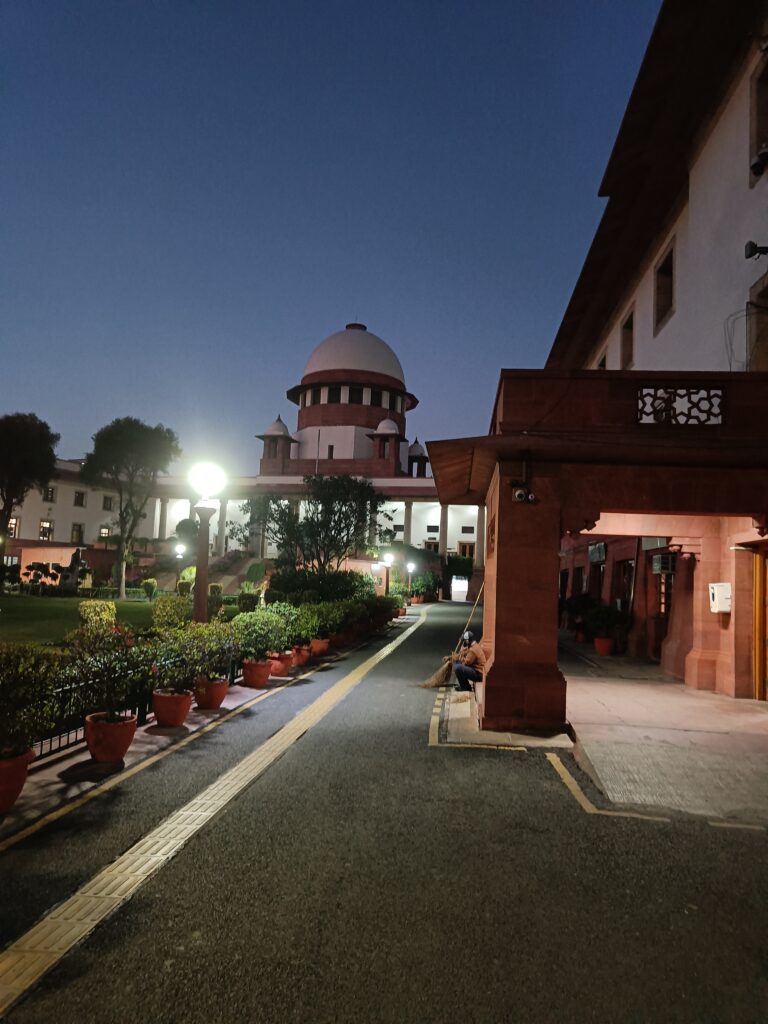
Service tax exemption for government institutions upheld

The appeal concerns the interpretation of the term “governmental authority” in the context of a service tax exemption. The case involves IIT Patna and NIT Rourkela seeking exemption from service tax based on the definition of “governmental authority” in the Exemption Notification. The Patna High Court and Orissa High Court had allowed exemptions for certain services provided to these institutions, leading to the appeal.
The dispute revolves around the interpretation of clause 2(s) of the Exemption Notification, which defines “governmental authority.” The primary issue is whether the condition of “90% or more participation by way of equity or control by the Government” applies to both sub-clauses (i) and (ii) within this definition.
The appellant argues that this condition applies to both sub-clauses, while the Patna High Court and Orissa High Court had interpreted it differently, extending the exemption to the educational institutions.
The court upholds the decisions of the lower courts and concludes that the definition of “governmental authority” in clause 2(s) should be interpreted to include educational institutions like IIT Patna and NIT Rourkela without the need for the 90% participation condition. The word “or” between the sub-clauses indicates that they are separate and disjunctive, and the punctuation supports this interpretation.
The court highlights the importance of interpreting statutes according to their plain and unambiguous language and upholding interpretations that favor the taxpayer when there is ambiguity in exemption notifications.
As a result, the court dismisses the appeals and supports the exemption from service tax for the educational institutions in question.
COMMISSIONER, CUSTOMS CENTRAL EXCISE
AND SERVICE TAX, PATNA …APPELLANT
VS.
M/S SHAPOORJI PALLONJI
AND COMPANY PVT. LTD. & ORS. …RESPONDENTS decided by the Supreme Court of India on October 13,2023.
Principles of interpreting central excise tariff act

The court ruling discusses the correct interpretation of the notes, chapters, and general rules of interpretation in classifying goods under the Central Excise Tariff Act. The court holds that classification should be in consonance with the terms of the headings and relevant chapter notes, and the heading providing a more specific description should be preferred over the general one. The court emphasizes that the application of the rules must follow the interpretive instructions, and notes that the revenue’s argument to classify the goods based on their principal or sole use is insubstantial. The court also gives an example of a similar case where the item fell within a specific description rather than the general one.
The court held that Note 1(m) to Chapter 85 excludes “articles of Chapter 90,” and General Note 3(a) states that headings that are specifically provided should be preferred over general ones. The court also explained that Note 2 of Chapter 85 only applies to parts that act as accessories and not to independent articles. The court concluded that the goods in question should be classified under Chapter 90, and not Chapter 85.
CCE, AURANGABAD …APPELLANT(S)
VERSUS
M/S VIDEOCON INDUSTRIES LTD.
THR. ITS DIRECTOR …RESPONDENT(S) decided by the Supreme Court of India on 29.03.23
